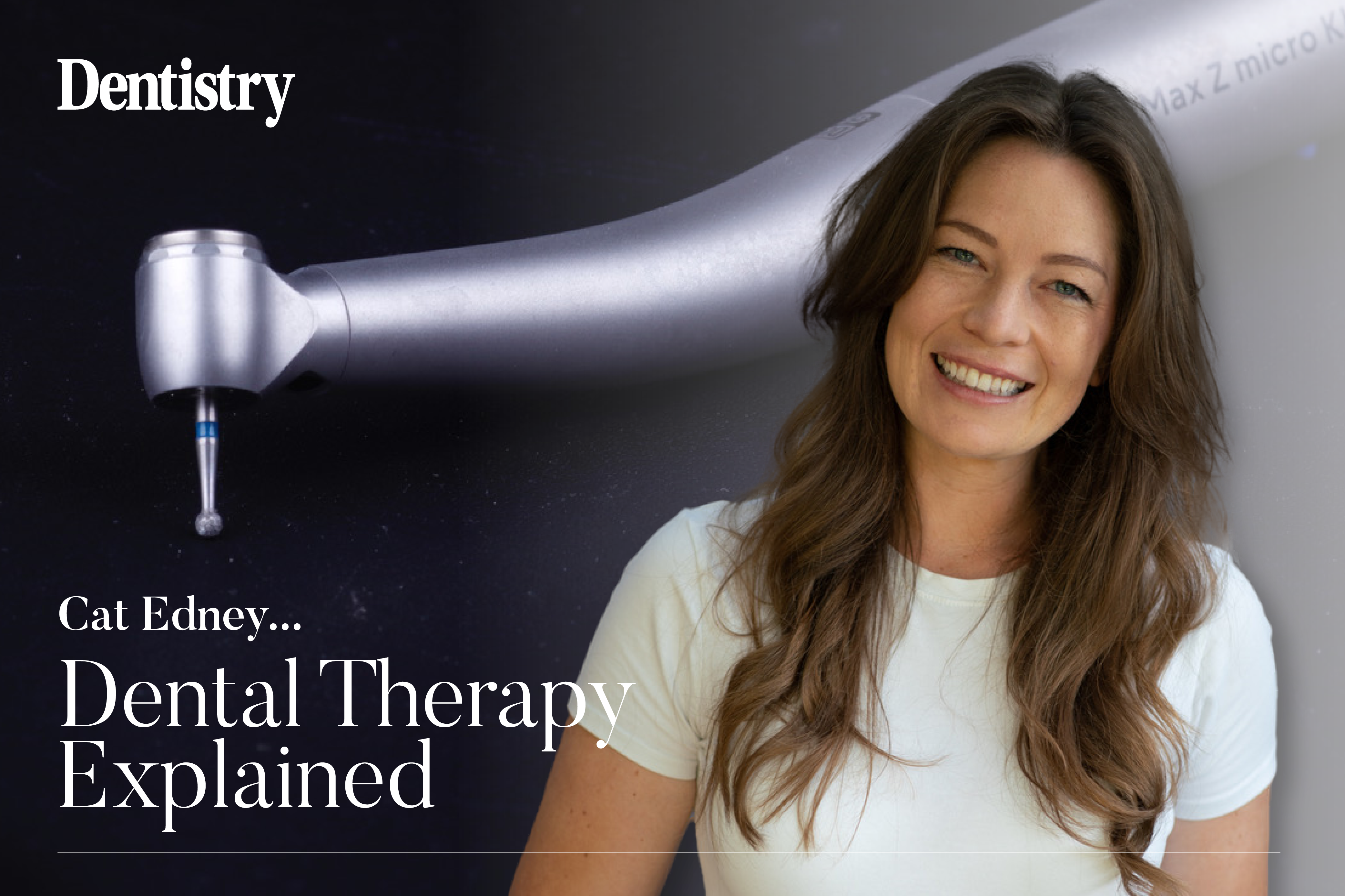
This month, Cat Edney discusses how ‘the H30 life’ – the Green Mile – can impact patients, the practice and your personal wellbeing.
The Green Mile – a term that shot to fame thanks to Stephen King’s book about death row, is also a term we are becoming familiar with in dental surgeries: otherwise known as ‘the H30 life’.
It depicts the diary of a dental hygienist or therapist that is working a traditional, set appointment time model. These diaries are typically unvaried, with one appointment type: either 30- or (thankfully not often) sometimes even 20- or 15-minute hygiene appointments.
And the diary is a constant stream of green: H30, H30, H30.
So, how can a dental hygienist or therapist move away from this status quo? And more importantly, why should they?
Although I have often focused my energy on getting the team, practice management and owners to understand the value of their hygienists and therapists, I do feel that there is a level of anxiety and worry around being that therapist in the practice that makes the change.
Why should I change from the H30 life?
There is a really interesting study by Turner and colleagues (2011) that, along with a number of other studies, shows that the best predictor for job satisfaction amongst dental hygienists and dental therapists was the satisfaction with the variety of work undertaken. This was itself strongly predicted by the extent that the clinical remit was undertaken. Dentists’ recognition of their remit, quality of clinical work and qualifications also had a strong indirect effect on overall job satisfaction.
Studies like this show that having a variety of work and working to your full scope can boost job satisfaction. There are also studies, such as by Hallet and colleagues (2023), that show higher levels of anxiety and low worthiness scores in dental therapists who are not working to full scope.
Patient and financial impacts
In addition to the personal effect of working without flexibility in appointment types, there is also an effect on our patients and our diaries. Multiple practices with this model that I have spoken to have hygiene diaries fully booked for months in advance. I wonder if this is because either patients are being booked in routinely on three or six monthly recalls without actually needing this frequency of care (BPE and bleeding scores are consistently low).
Alternatively, there is the possibility that the hygienist or therapist is feeling pressure to complete ‘the clean in one’ appointment as this is what the patient has been conditioned to expect. By prioritising plaque and calculus removal over behaviour change, we find these patients come back time and time again with consistently high BPE and bleeding scores and never break this cycle.
The financial limitation of these diaries is also clear. With a surgery cost the same as that of a dentist, but a limited ability to earn more than H30 fourteen times in a standard seven-hour day: the hygiene diary is often seen as a loss leader.
By capping the room income; it no longer becomes attractive to invest in the service and we find hygienists with a battle on their hands when it comes to new equipment and Dental nursing assistance.
How can I change from the H30 life?
The most powerful thing a dental practice can do to avoid a Green Mile diary is to rename their hygiene appointments. Patients have been conditioned to think that hygiene is a pay per minute service rather than a professional consultation that is individualised to the patient’s needs and risk profile.
Rather than H30, why not hygiene consultation, comprehensive hygiene, periodontal treatment or hygiene maintenance?
Additionally, following protocols for periodontal care, the British Society of Periodontology and Implant Dentistry (BSP) S3 flowchart is a fantastic place to start with treatment planning for periodontal patients. It supports hygienists and therapists with staging the care they provide and also with communicating the treatment plan to patients.
Putting therapy back into practice
In addition, charge appropriately for the complexity of the work you are doing – it’s not often you would find any other profession that charges the same per hour regardless of how difficult the job is.
You can create protocols for your practice on other items of treatment that also fall into the scope of the hygienist or therapist. For example, tooth whitening or fissure sealing can be incorporated into the hygiene diary. And again, the hygienist can charge appropriately for these treatments.
Additionally, if your therapist is one of (by some estimations) 70% that are working as a hygienist, then supporting them to put therapy back into practice is a fantastic start. I personally think the easiest treatments they can start to add are things such as Icon Resin Infiltration, preventative resin restorations, and then small occlusal fills. This will support a return to working the full scope of a dental therapist which is all direct restorations, deciduous extractions and preformed crowns.
Adding variety to your diary can increase your sense of worthiness, help you feel fulfilled in your work, and also increase the bottom line for your surgery.
Making investments into equipment also makes sense – in turn improving your working life and overall happiness.
References
Hallett G, Witton R, Mills I (2023) A survey of mental wellbeing and stress among dental therapists and hygienists in South West England. BDJ Team 10(4)
Turner S, Ross MK, Ibbetson RJ (2011) Job satisfaction among dually qualified dental hygienist-therapists in UK primary care: a structural model. Br Dent J 210(4)
Catch up with Cat’s previous columns:
- Creating confidence in dental therapy
- Dental therapists – recruitment, renumeration, retention
- Implementing the therapy-led model
- Digital dental therapy
- Education and personal development.
Follow Dentistry.co.uk on Instagram to keep up with all the latest dental news and trends.


